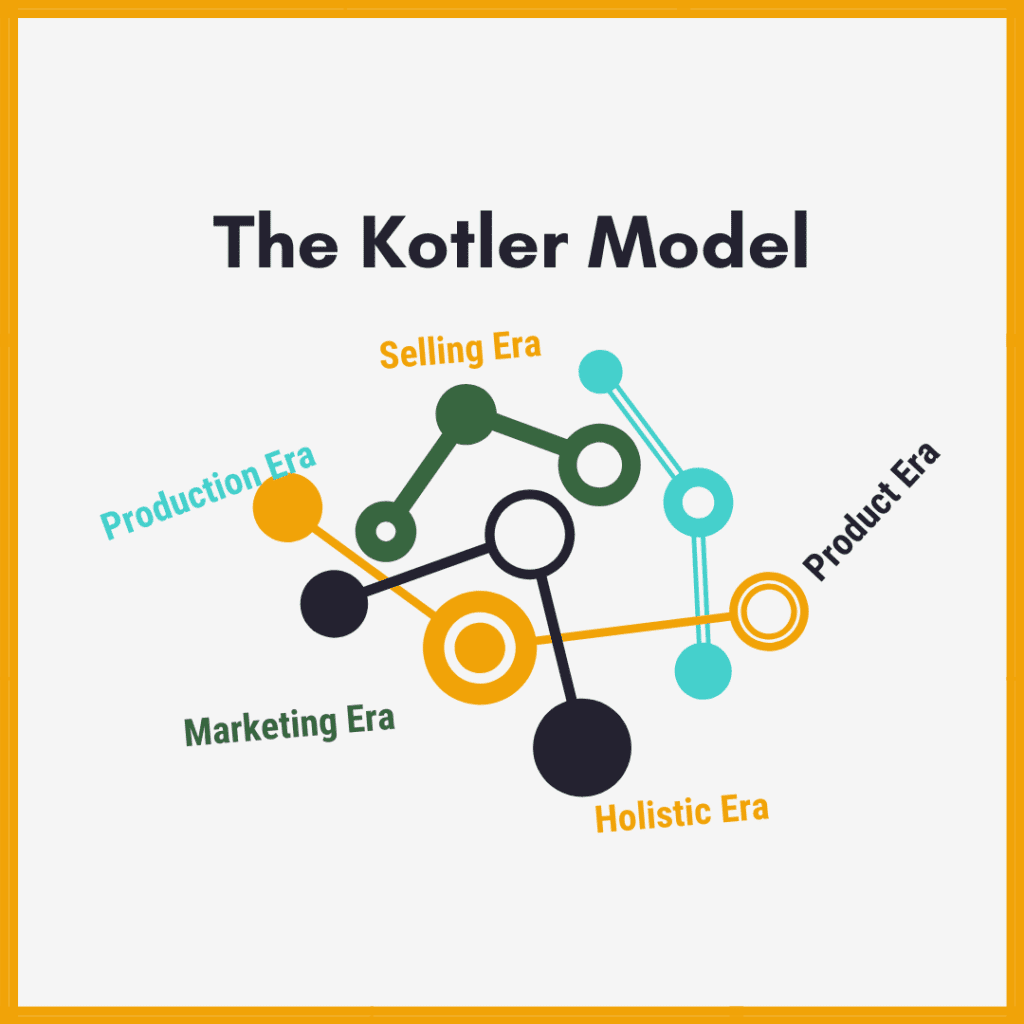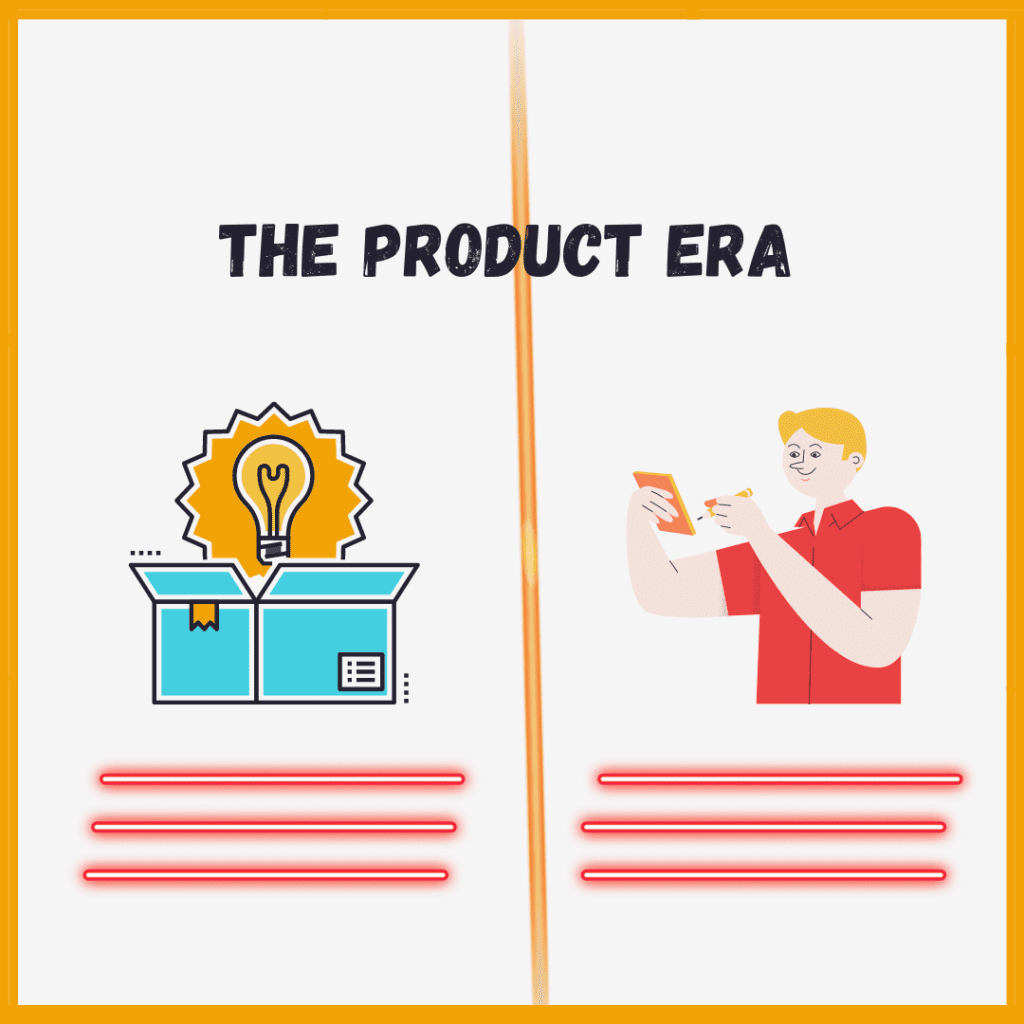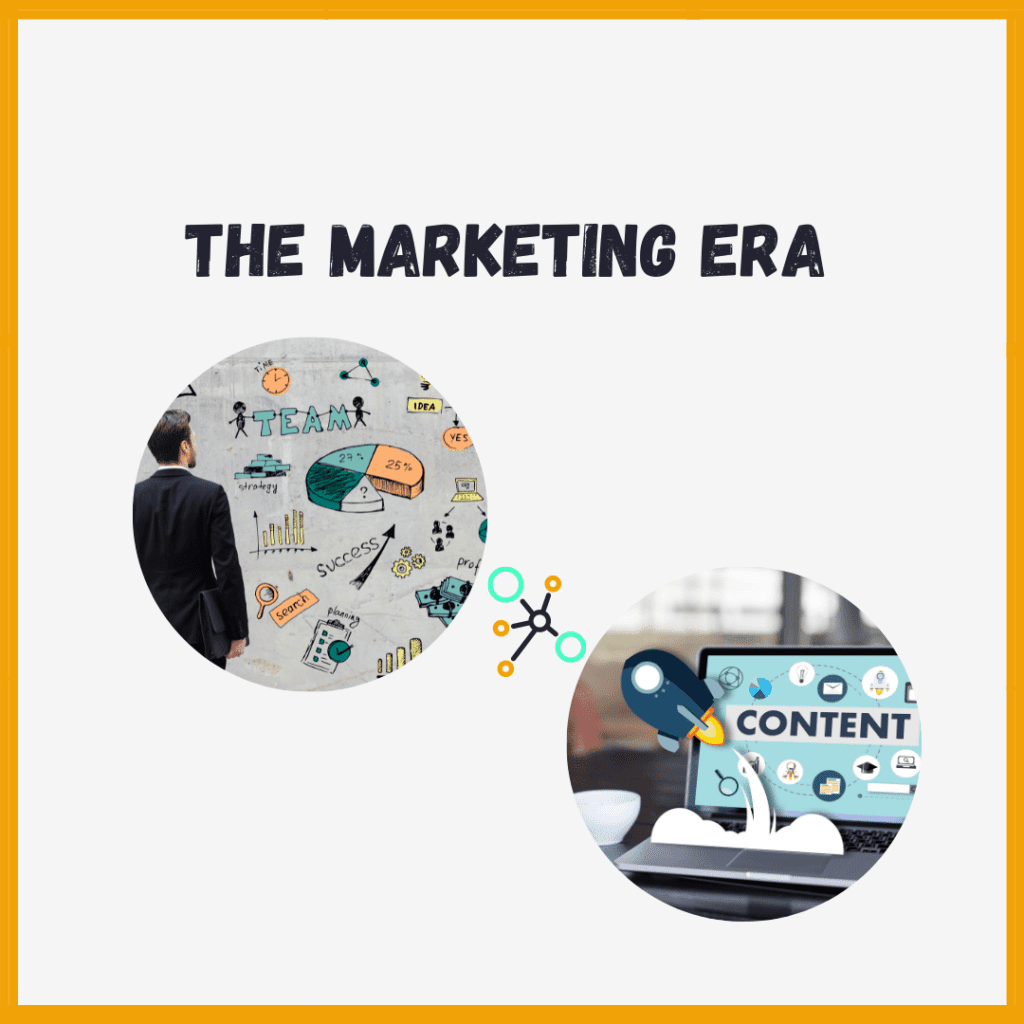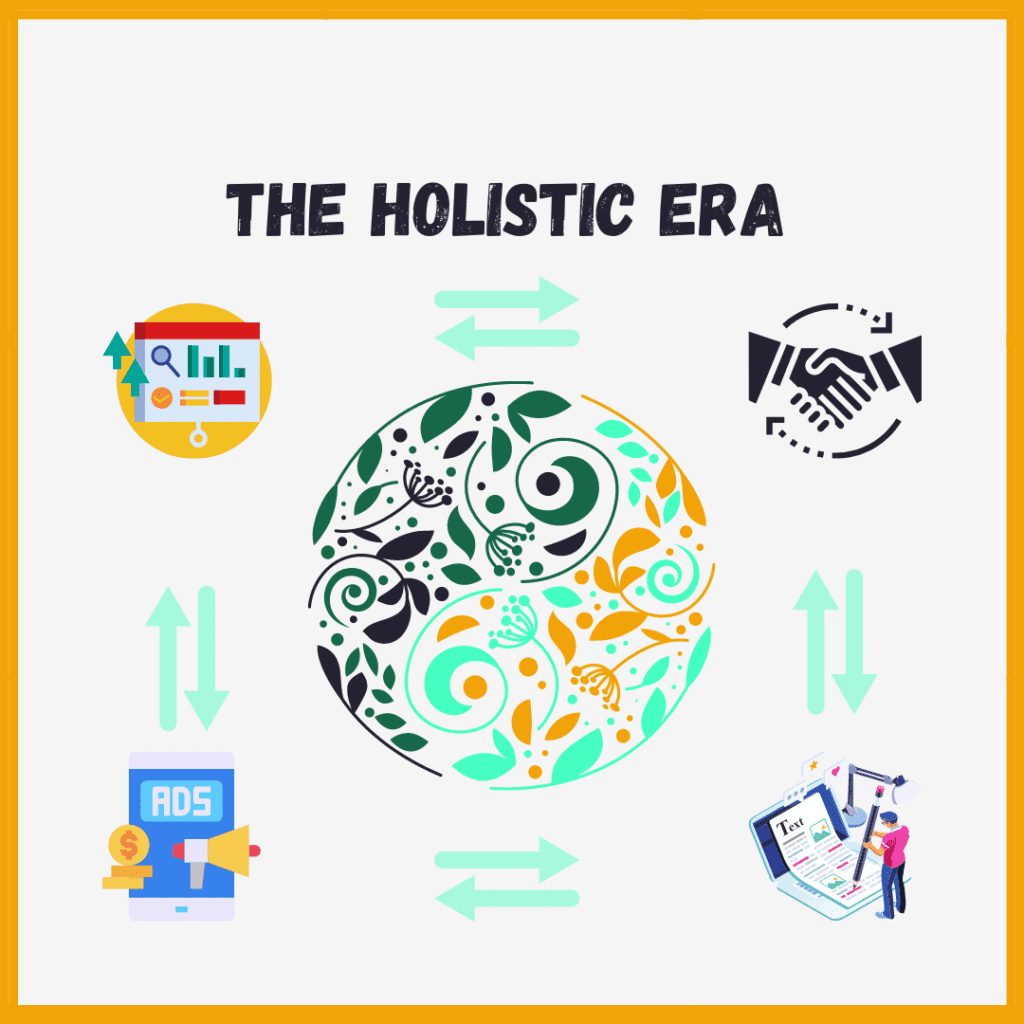Marketing is perhaps the most unpredictable field on planet Earth. Correct me if I’m wrong, but I certainly see it that way. From ancient advertising in the region of Pompeii to creative new marketing techniques, marketing evolution has been incredibly dynamic and so the need fo dynamic marketers arises.
In the present age, with the rise of new technologies like Cryptocurrency and NFTs, marketing is becoming even more complex. Modern marketers know they have a handful in their hands. But, the internet is a vast place and it can sometimes be quite stressful to find the correct website to increase knowledge and skills.
Just two years ago, marketers were occupied with Facebook advertising and PPC, then all of a sudden Tik Tok arose, and the transition to short-form content became the go-to strategy for every small and medium business.
Heck! Even the biggies jumped in on the action. From Coca-Cola to Marvel, from Nando’s to Levi’s, everyone scurried to grab a piece of the pie. This meant that marketers had to adapt too, which they did, to varied success.
Not everyone has that dose of creativity that aligns with what modern content requires, but it’s safe to say that in order to stay relevant and be successful in Digital Marketing, there’s a need for marketers to be more dynamic in line with marketing evolution. But first! Let’s see how Marketing evolved over time and how that pattern can act as an indicator of what’s to come.
The Evolution of Marketing – A Brief Description

Nearly all schools of thought agree with the idea that marketing evolution took place in distinct phases. All of these phases have a unique element about them and each contributed to the evolution, in their own, unique way. In this article, we’re going to go over the Kotlerian Model of Marketing Evolution, as defined by Philip Kotler.
- The Production Era
- The Product Era
- The Selling Era
- The Marketing Era
- The Holistic Era
The Production Era Phase One of the Marketing Evolution

This is the era of Mass Production. Marketing before this era was all about writing long-form copy in newspapers, posting flyers around the city, and to a certain extent, word-of-mouth. Most products were a thing of novelty and due to there not being a standard currency, they were sold in exchange for other goods.
In this model, companies focused on producing as many goods as possible while spending the least amount of money – hence the term Mass Production. The Production Era revolutionized the whole idea of marketing. Suddenly, tons of different products became instantly accessible to a wide variety of the market.
The presence of automation through machines meant products were made in less time than normal and also brought down labor costs. The marketing was still done through ads – enter the printing press.
While before, ads had to be manually written and produced on a shorter scale, the printing press allowed for mass production of newspapers, and so the frequency of ads also increased. Manufacturers utilized the printing press to promote their products and this led to an era where advertising was at its peak!
The Product Era – Phase Two of the Marketing Evolution

If the production era was all about mass production and efficiency, then the product era was the complete opposite. Instead of mass production, this era focused on making the product’s attributes or qualities more appealing to the customers. They packed products with exciting new features and hoped for them to sway away from their target demographic.
This model held the belief that in order to drive revenue, products needed to be packaged properly – this included the fact that they had to be priced and promoted adequately. Companies also focused on securing proper distribution pathways in order to make sure the customers received their products in time.
In a way, this meant those companies valued customer loyalty more than how many products they sold. In order to achieve this loyalty, they had to do two things:
- Prioritize the customer experience: To make sure customers received their products on time and to ensure the products had suitable quality
- Make sure the customers could find the product: By utilizing a variety of distribution sources, companies were best placed to make sure their products were visible thereby guaranteeing sales
The Selling Era Phase Three of the Marketing Evolution

This marketing evolution was most widely seen during the 1920-40 period. Due to the presence of machines (mass production), it meant that more and more manufacturers cropped up thereby saturating the market and making it difficult for new entrants. The bigger companies used the additional revenue to aggressively promote their products.
According to Kotler, companies believed that “any product could succeed if a company just pushed hard enough”. In a way, this was a far cry from the product era in which product quality was prioritized. In the selling era, what was prioritized instead was aggressive promotion tactics that focused on selling as many of the products as possible, without regard for what the market actually wanted.
While most companies have moved beyond this era, there are still numerous companies that make sub-par products but pursue aggressive strategies to promote and sell them. Think about the last time you received a call from a Life Insurance company. Cold calling is an example of such a strategy.
The Marketing Era Phase Four of the Marketing Evolution

This era is most similar to the marketing of today. It found its origin back in the 1950s but its effects are still visible today. Every coin has two sides. The marketing era is the other side of the selling era. Instead of selling whatever companies could sell, the marketing era saw a mindset shift in which customer needs were prioritized and so products were manufactured. They didn’t necessarily focus on what a customer needed, instead what they wanted.
Market Research also took birth in this era. Companies employed entire teams of market researchers who used a wide variety of tactics (surveys, ads, brochures) to find out what customers wanted. Using this research, companies then produced goods and used traditional promotional strategies to drive revenue.
The Holistic Era Phase Five of the Marketing Evolution

The Holistic Era is the era we’re living in right now. We have the best of all worlds! Mass production is present but mass customization is the name of the game. Instead of relying on one method of selling goods, this era uses all available methods. Companies now look to secure effective means of distribution, buy valuable advertising space, and mass-produce goods while ensuring the quality and the customer needs.
It’s also a more dynamic approach as it allows companies to be on the lookout for any potential opportunities or platforms they can use to further drive up profitability.
What makes this era different is that companies now have realistic representations of themselves. Every year, companies spend thousands of dollars just to manage their brand representation.
A whole new field of Branding has opened up where brand strategists work with brands to shape up their visual and emotional appeal. Companies no longer look to make it all about themselves. They’re opening up – they want to build long-lasting relationships with customers and to make sure their perception stays positive.
Holistic Marketing, according to Philip Kotler, isn’t just about maximizing a company’s ROI – instead, it focuses on ensuring companies are acting in society’s broader interest. For example, organic or eco-friendly companies are slowly but surely cropping up and are particularly attractive for the modern customer.
The End-game – Why this evolution calls for Dynamism in the field?

There’s no guarantee we’ll be stuck in the holistic era forever. With the emergence of new technologies like cryptocurrency and the looming Metaverse, the need for dynamic marketers has never been far-felt.
Marketers need to be aware of these changes and act swiftly to make sure they also grab a piece of the pie before the entire pie gets taken over. This is not just important for companies who want to use new opportunities to maximize revenue. Marketers also need to keep an eye out.
Here’s what staying up-to-date with new technologies will allow you, a marketer to achieve:
- Increase your earnings – Brands will look to increase their share of the market by adapting to new trends. You as a marketer have a huge opportunity to offer your services to such brands
- Become a thought-leader – If you’re up-to-date with the latest advancement, more and more people will reach out to you in order to get your opinion about the topics. This makes you well-placed to get potential PR opportunities and increase your personal brand
Whatever direction you take, the crux of the matter is being able to use these new opportunities to drive revenue – whether for a client or your own business.
Resources to stay in line with marketing evolution
Here are some resources you can rely on that will help you stay relevant in a rapidly evolving market:
- CMI Institute – Content Marketing Institute (CMI) is an online publication that talks about content marketing and everything related to it. It’s not just focused on content marketing actually – see for yourself!
- HubSpot – The HubSpot Blog is a goldmine of information that every marketer can use to keep their knowledge relevant
- Google Trends – What better site to seek information from than a site that rules the search engine game! Google Trends has all the latest trends that you can access with the click of a button
At PlayTru Media, we value self-development and growth over other things! Our Newsletter is one such example of it. The PlayTru Newsletter has all the latest and greatest in marketing, entrepreneurship, mindset, and lifestyle. All of that goodness is delivered weekly at 11:00 AM EST! Take advantage of this call right now and take the first transformative step towards happiness and success!

